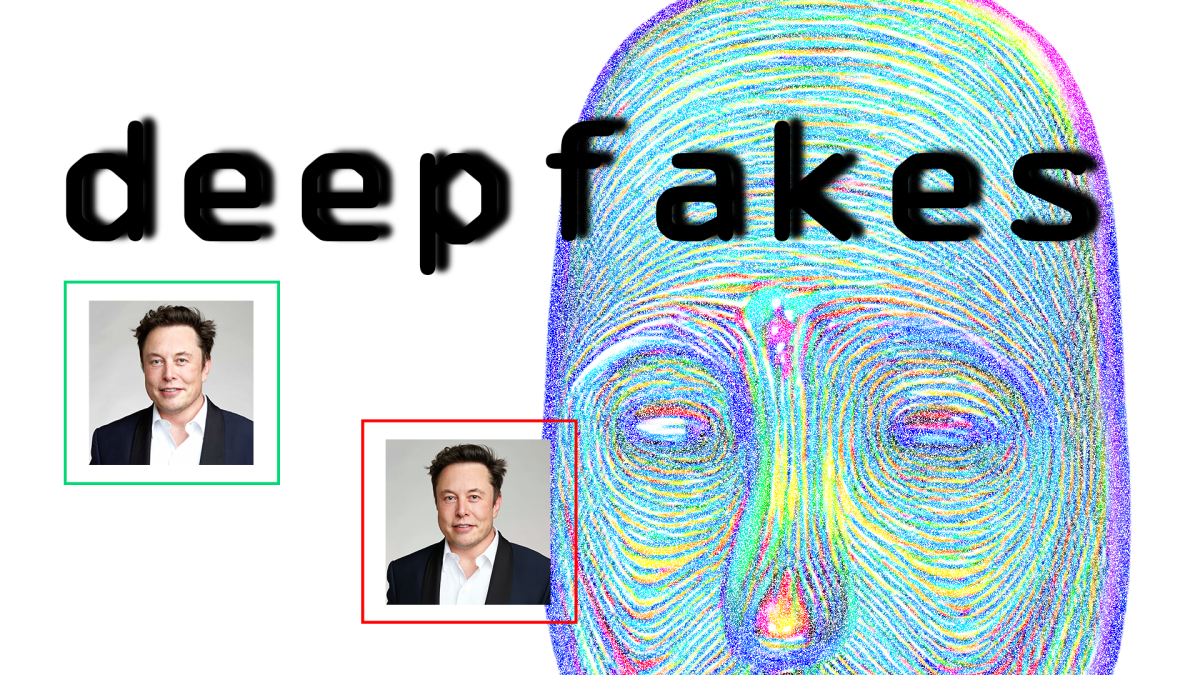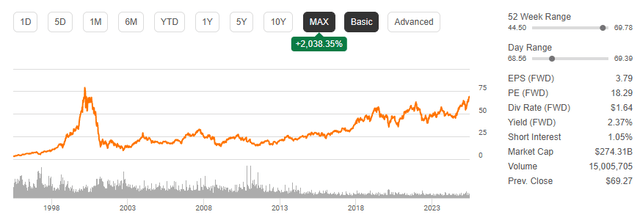The Deepfake Dilemma: 3 Strategies to Combat AI-Generated Fakes

The rise of deepfake technology has presented a significant challenge to truth and trust in the digital age. From manipulated videos of public figures to fabricated events, deepfakes can easily deceive and mislead. While the technology continues to evolve, so too must our defenses. This article explores three key strategies being developed to combat deepfakes, offering a glimmer of hope in a world increasingly susceptible to AI-generated deception.
Understanding the Deepfake Threat
Deepfakes, created using sophisticated artificial intelligence (AI) algorithms, can convincingly swap faces, alter voices, and even generate entirely fabricated scenarios. The consequences of this technology are far-reaching, impacting everything from political discourse and personal reputations to national security and financial markets. The ease with which deepfakes can be created and disseminated online makes them a particularly potent threat.
Strategy 1: Digital Watermarks – The Invisible Guardian
One of the most promising approaches to combating deepfakes involves the use of digital watermarks. These subtle, often invisible, markers are embedded within digital content – videos, images, and audio – to identify their origin and verify their authenticity. Think of it like a unique fingerprint for each piece of media. AI tools are now incorporating this feature. For example, Grok, Google's Veo3, and even OpenAI's SORA are equipped with digital watermarking capabilities. These watermarks don't significantly impact the quality of the content but provide a crucial layer of verification. The challenge lies in ensuring widespread adoption and the development of robust detection methods that can withstand attempts at removal or alteration.
Strategy 2: AI-Powered Detection Tools
Just as AI is used to create deepfakes, it's also being harnessed to detect them. AI-powered detection tools analyze video and audio content for telltale signs of manipulation, such as inconsistencies in facial expressions, unnatural eye movements, or anomalies in audio frequencies. These tools learn to recognize patterns that are characteristic of deepfakes, constantly improving their accuracy as they are exposed to more examples. Several companies and research institutions are actively developing and refining these detection algorithms, with varying degrees of success. The race is on to create tools that can stay ahead of the evolving deepfake technology.
Strategy 3: Blockchain Verification – Establishing a Chain of Trust
Blockchain technology offers a unique approach to verifying the authenticity of digital content. By creating a permanent, tamper-proof record of the content's origin and modifications, blockchain can establish a chain of trust. When a piece of content is created, a cryptographic hash (a unique digital fingerprint) is generated and stored on the blockchain. Any subsequent changes to the content will alter the hash, immediately revealing the tampering. While still in its early stages, blockchain verification holds significant potential for combating deepfakes by providing a verifiable audit trail.
The Future of Deepfake Defense
Combating deepfakes is an ongoing challenge that requires a multi-faceted approach. Digital watermarks, AI-powered detection tools, and blockchain verification are just three of the strategies being developed. Education and awareness are also crucial, as individuals need to be able to critically evaluate the information they consume online. As deepfake technology continues to advance, so too must our defenses, ensuring that truth and trust prevail in the digital realm. The collaboration between technology developers, policymakers, and the public will be essential in navigating this complex landscape and safeguarding the integrity of our information ecosystem.






